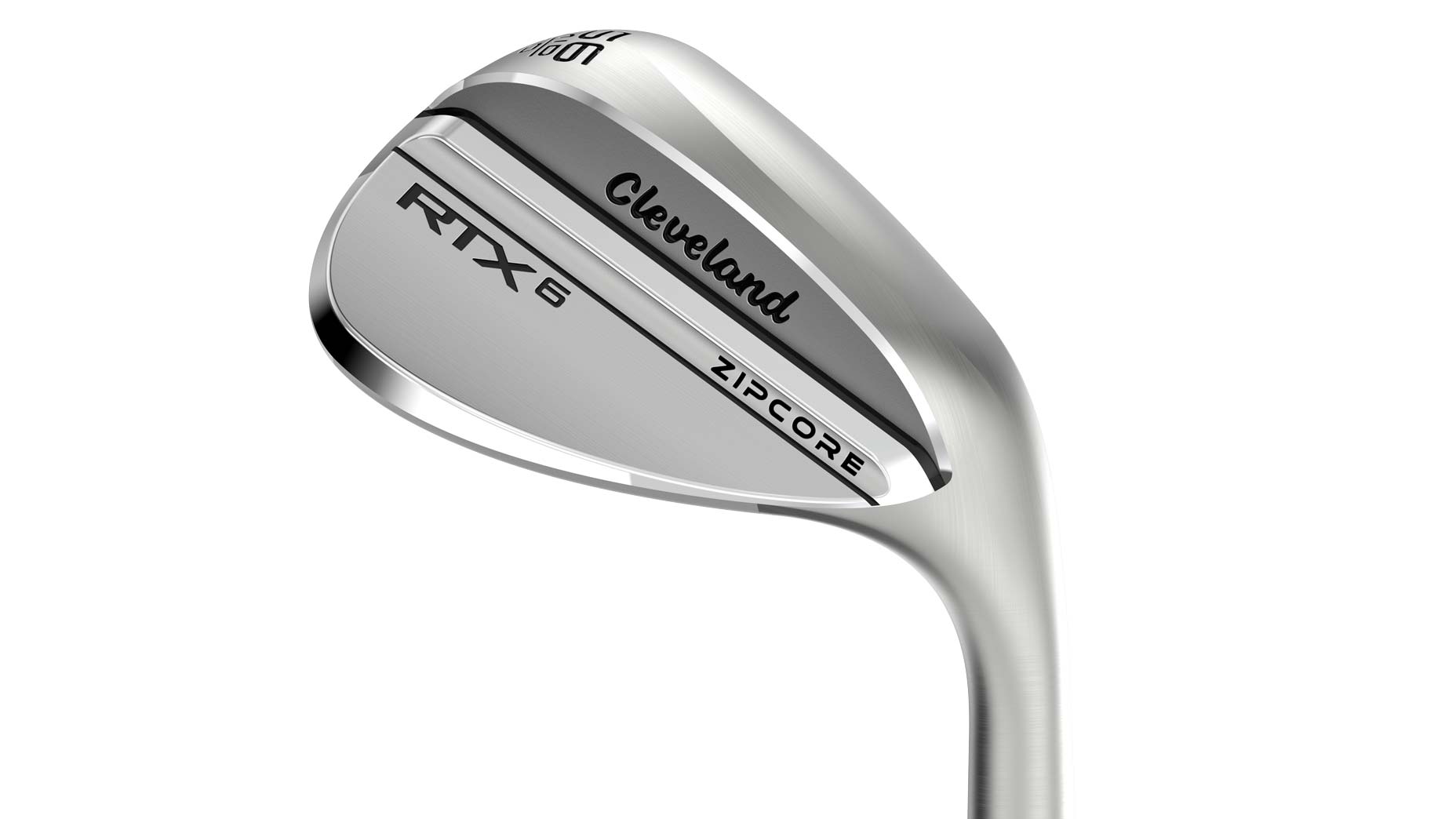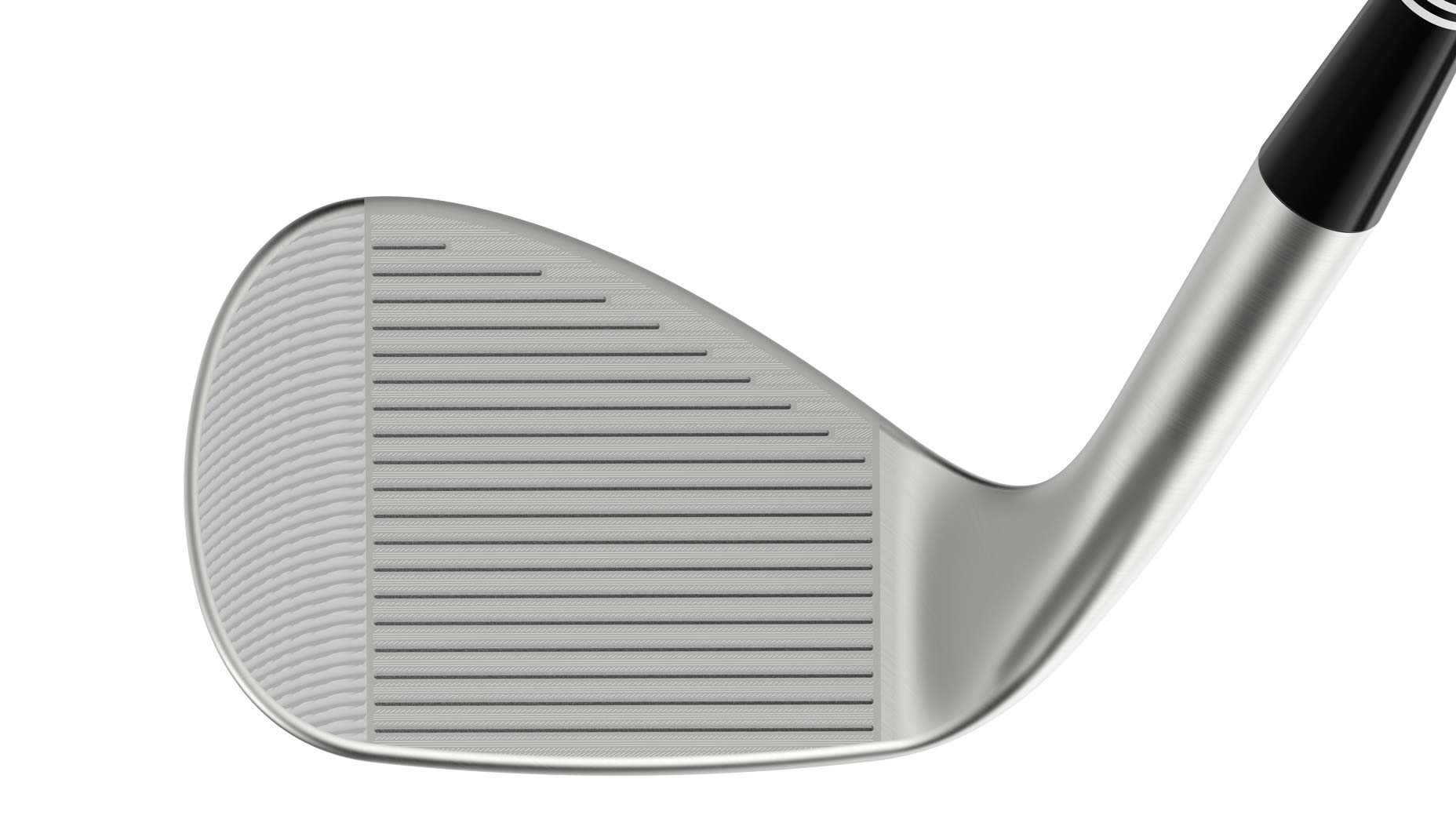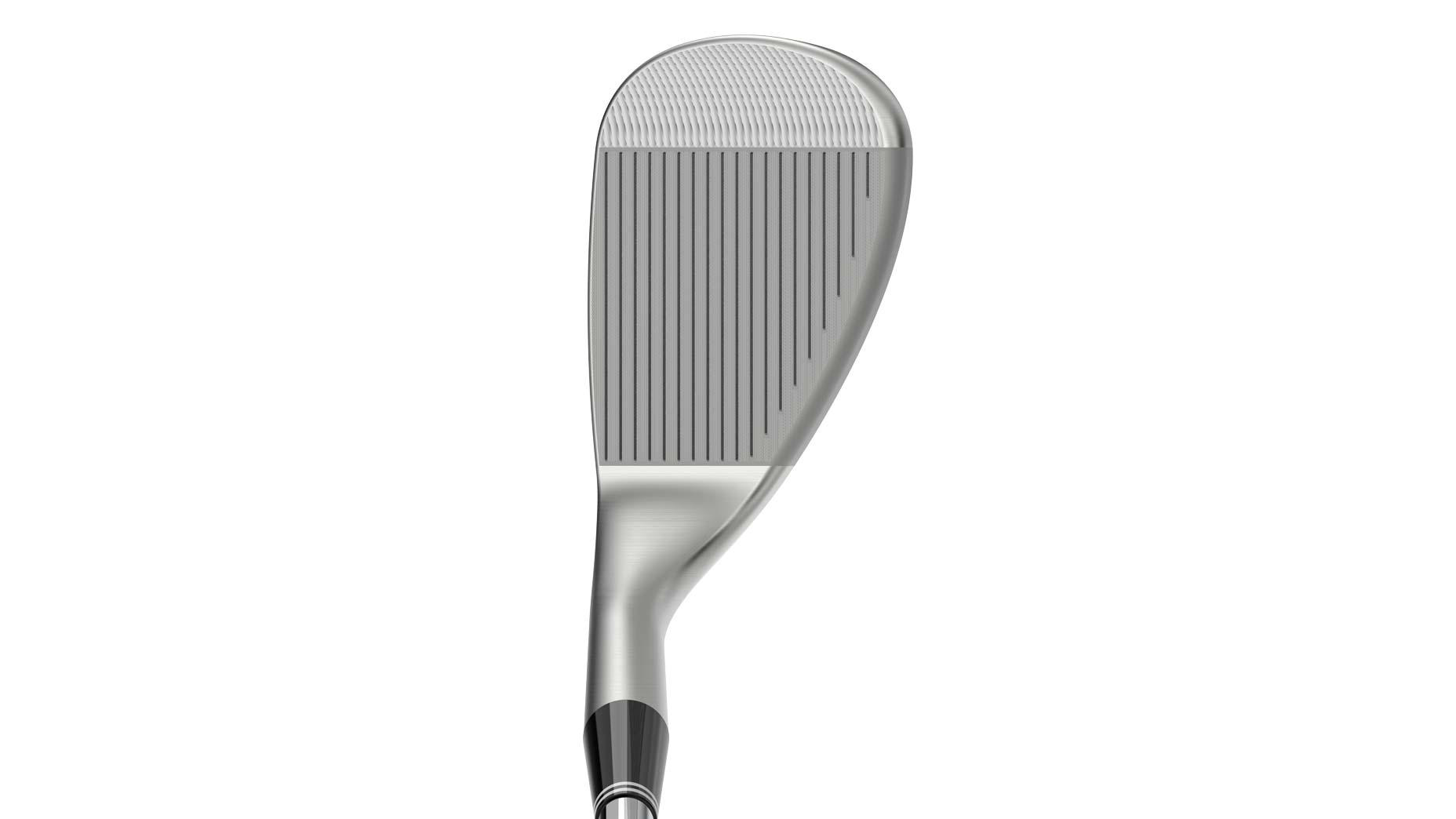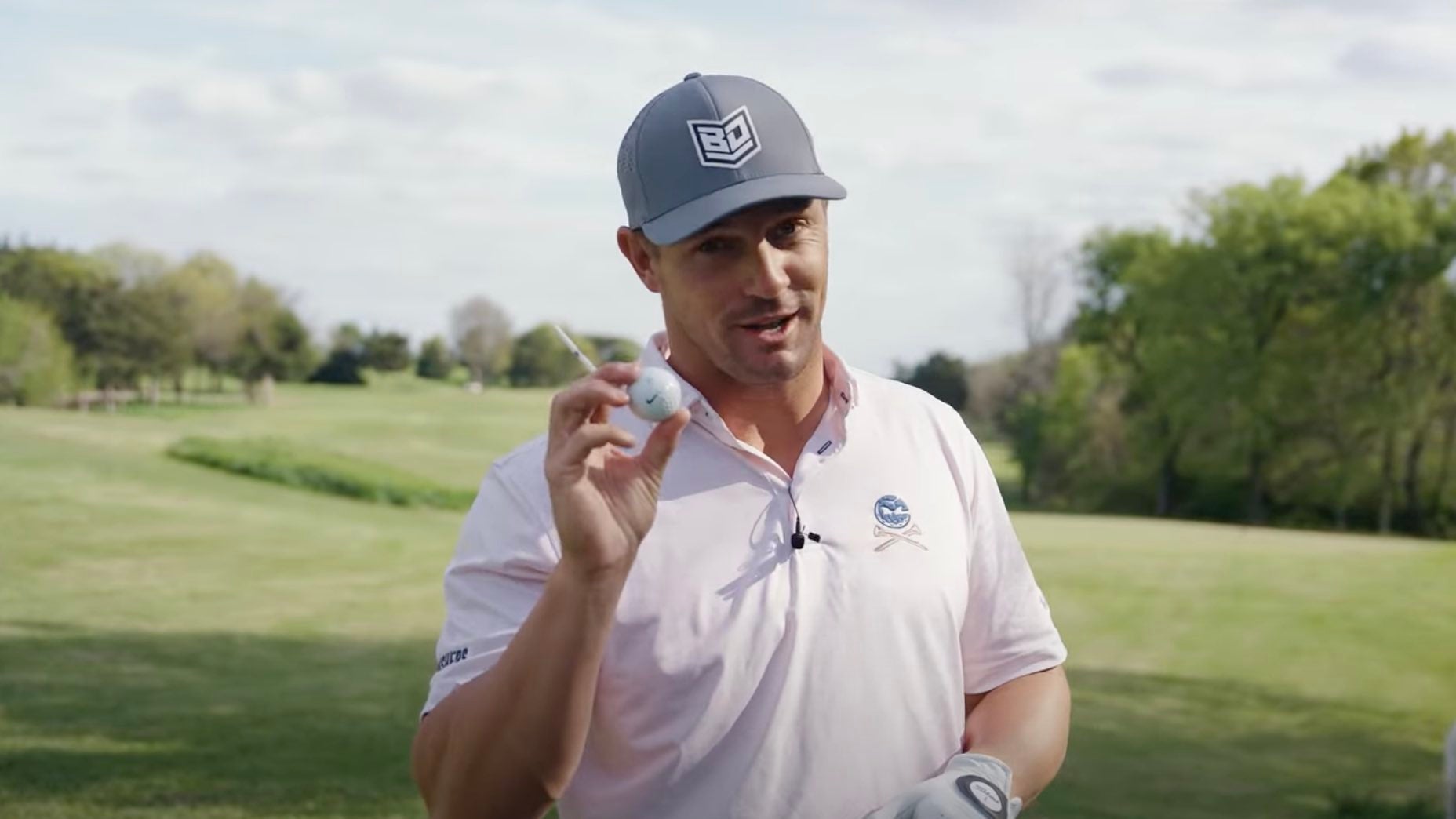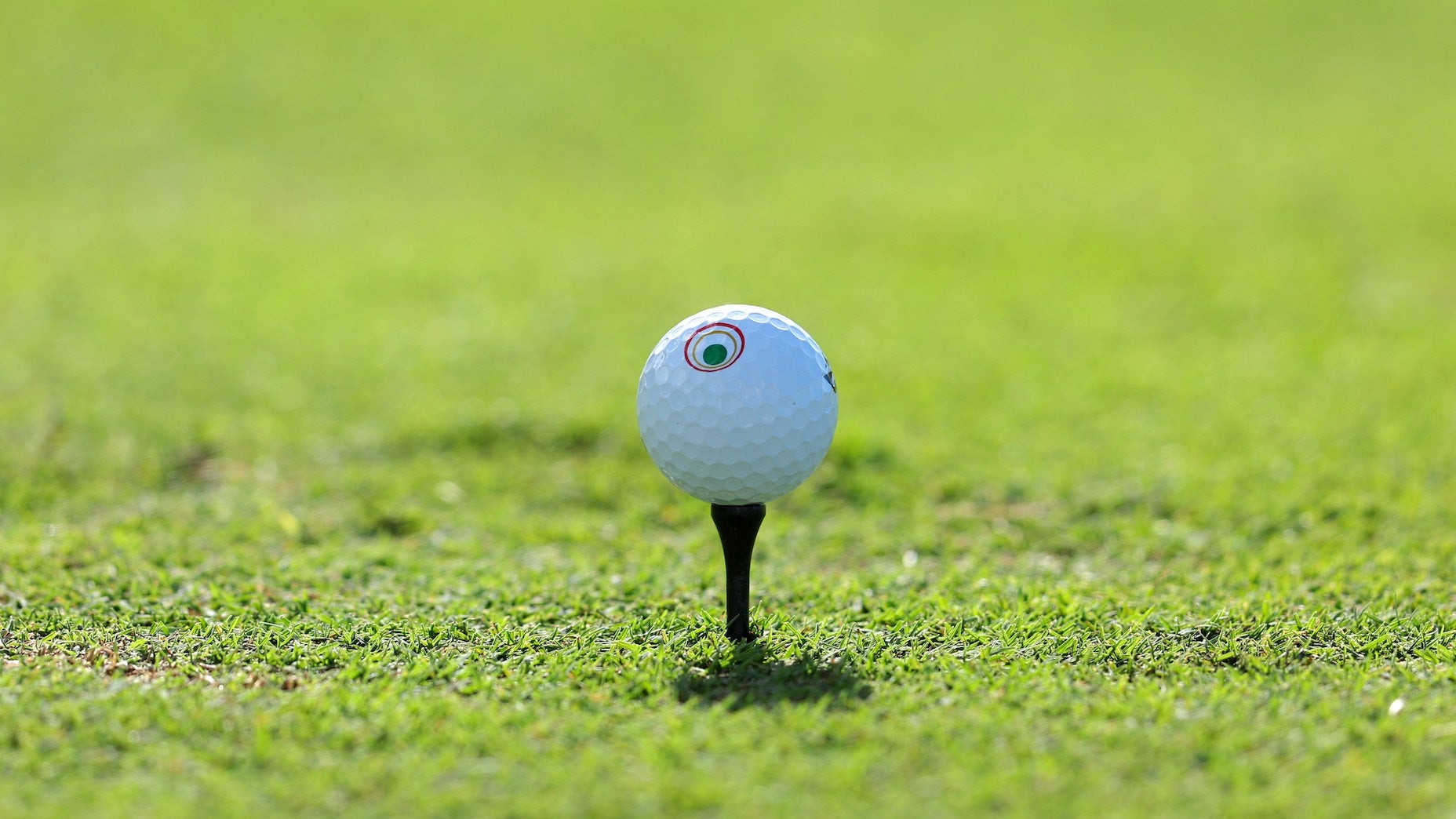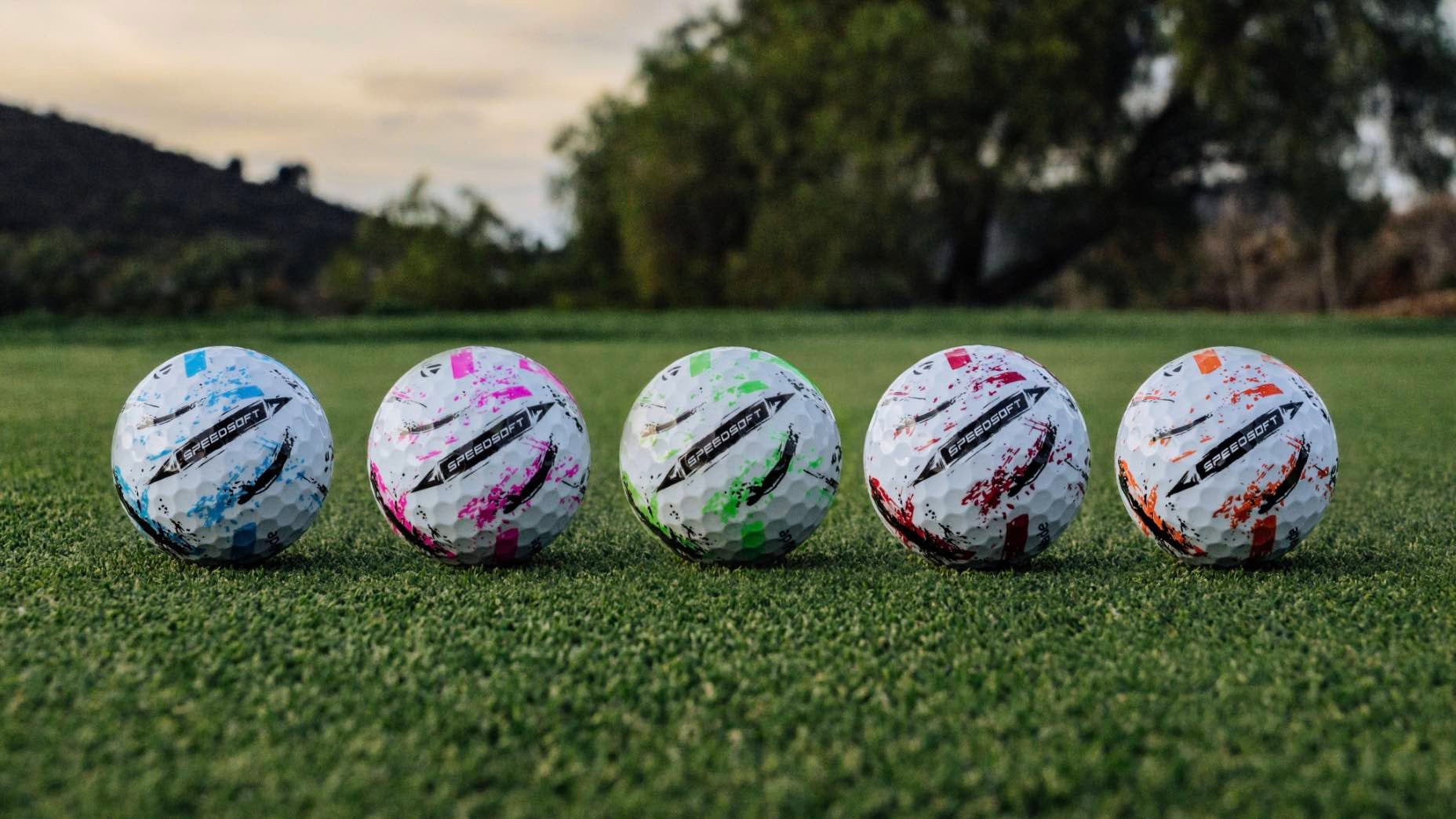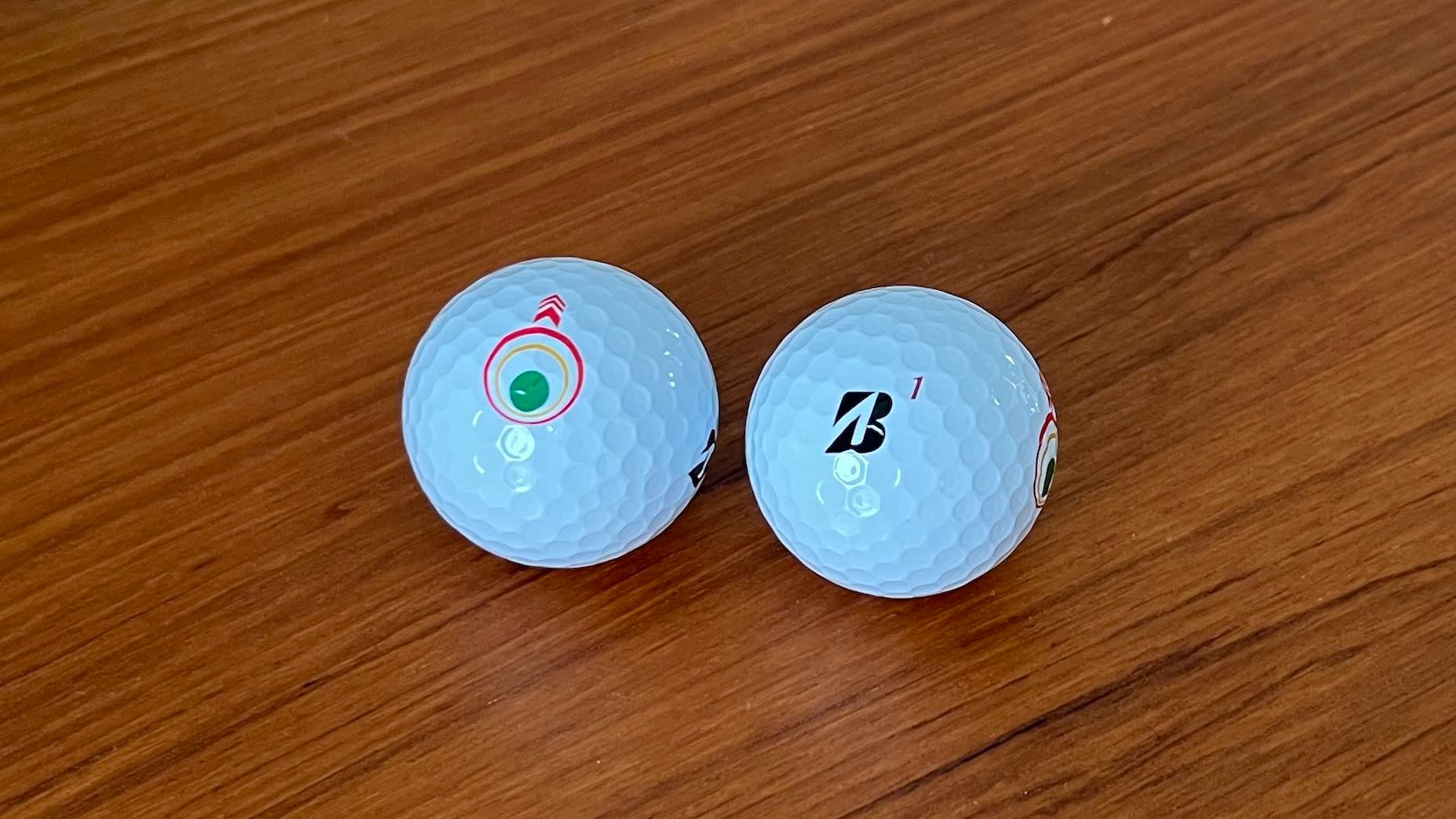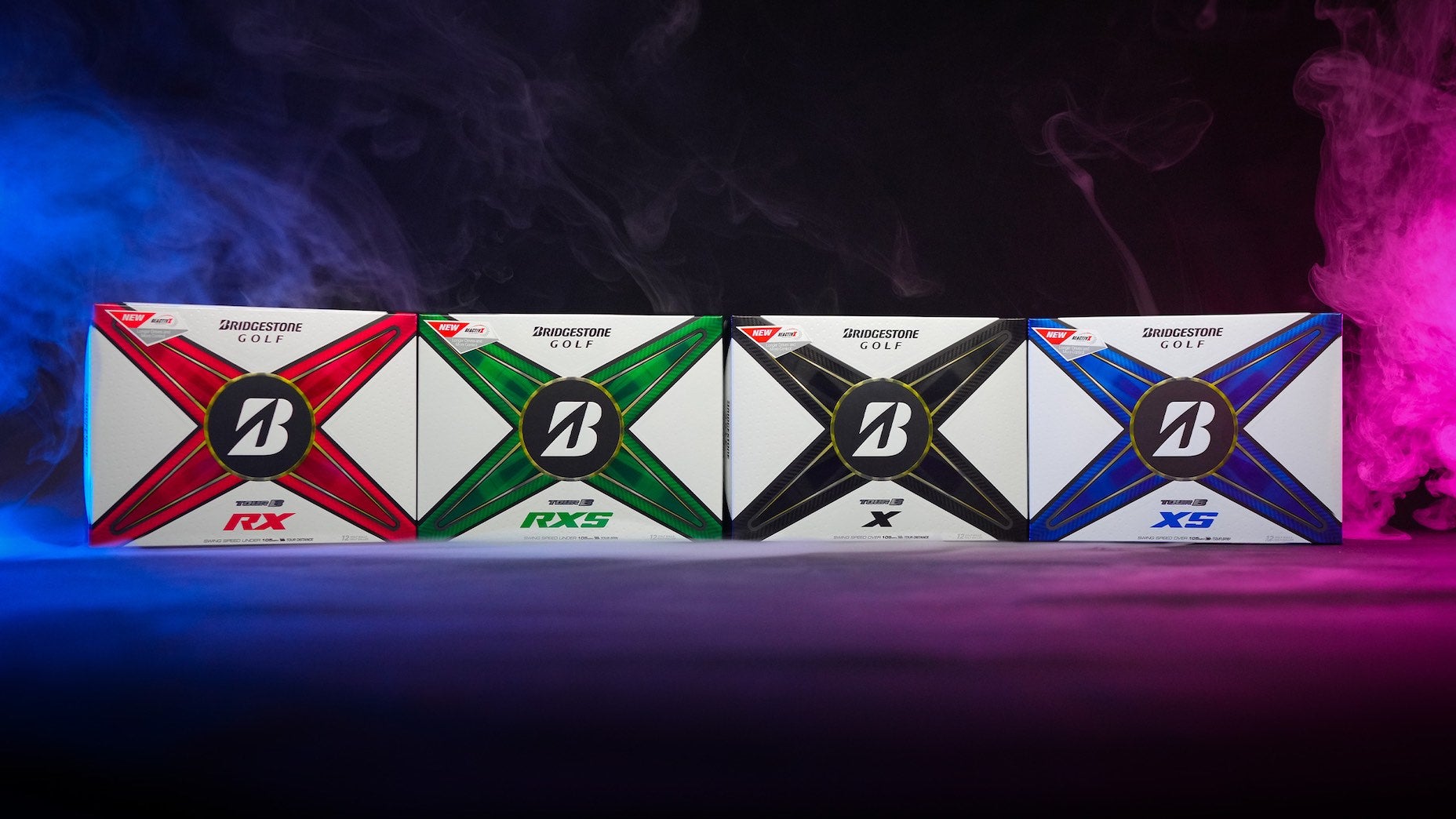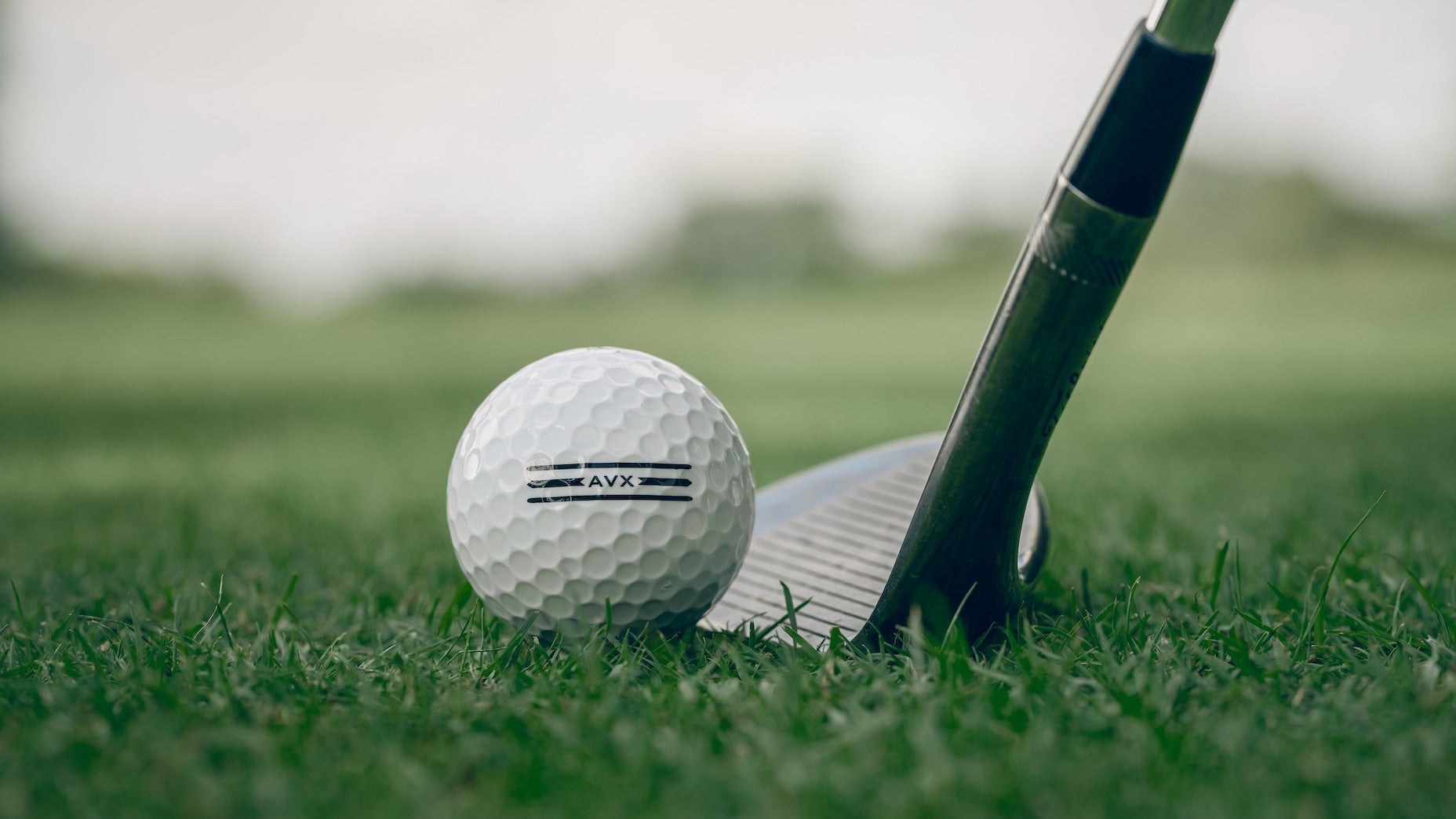Where on the clubface is it okay to miss? | Gear Questions You’re Afraid to Ask
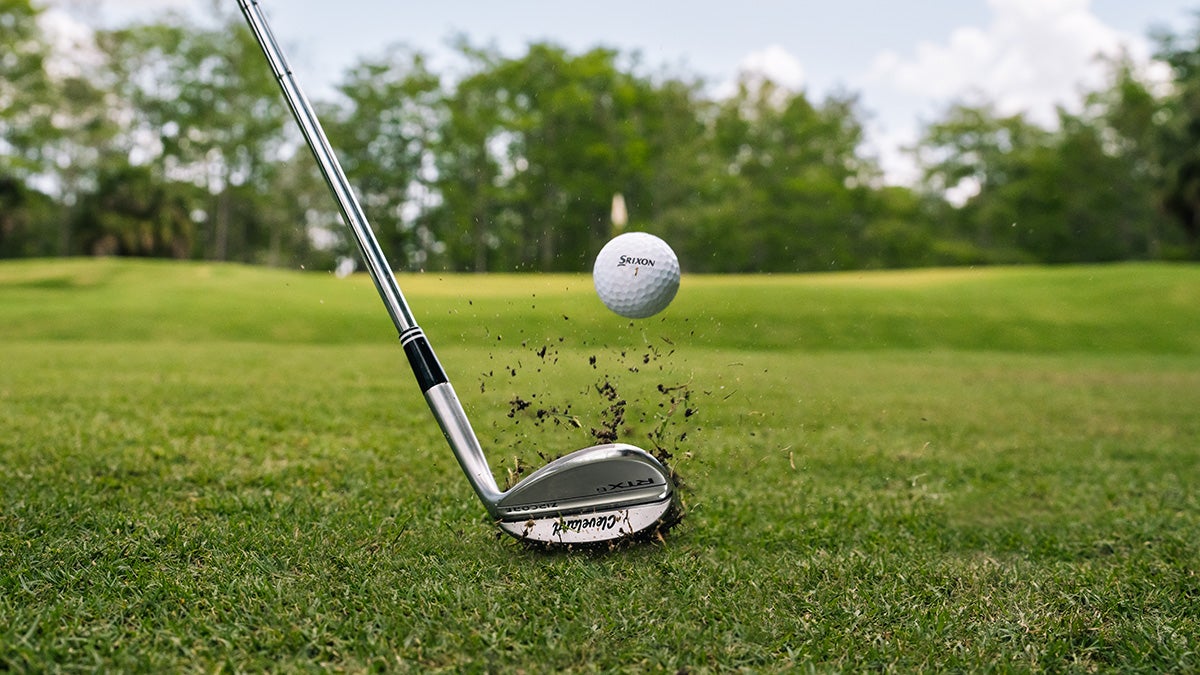
Knowing where to miss on your clubface can help your bad shots become a lot better.
Cleveland
Welcome to Gear Questions You’re Afraid to Ask, a GOLF.com series produced in partnership with Cleveland/Srixon Golf. This week we look at the sweet spot on your clubs and help you better understand the best places to miss it.
Where are the best places to miss with each club? — Brett M., California
Great question. In order to know where to miss, let’s first recognize that a miss-hit refers to striking the ball away from the clubhead’s center of percussion — aka the clubhead’s sweet spot, which is the spot on the clubface where the center of gravity is directly behind it, and coincidentally, the point on the clubface where the maximum transfer of energy takes place.
Also, we call it a sweet spot, but in actuality it’s a point, not a spot, where the horizontal and vertical center of gravity intersect behind the clubface. Furthermore, the clubface’s center of flexion, usually in the center of the face, is not always aligned with the spot where you want to make contact with the ball, especially with clubheads that have interchangeable weighting. More on this in a bit.
Equipment manufacturers call the sweet spot a sweet spot because they invest countless hours and dollars in research and development to minimize distance and accuracy loss around it. The newest drivers, woods, hybrids, and even irons show minimal distance and direction loss on slightly off-center strikes. Though the sweet spot becomes less forgiving the further you move from the center, today’s modern clubs are significantly more forgiving than what we used 20 years ago.
Anyway, back to your question. Let’s start with the driver and work our way to the putter:
Cleveland RTX 6 ZipCore Wedge
Some drivers have hotspots
For drivers, some have a hotspot that produces the much desired low-spin/high-launch ballflight that better players prefer. When it’s not in the same location as the sweet spot, this hotspot is usually just above it and in some cases, even a little bit above and towards the toe. To reap the benefits of a hotspot over the sweet spot, it takes not only a proper clubface path but added speed. Faster swingers can hit it hard enough to make the reduction in ballspeed worth it for a higher and lower-spinning launch. Finally, adjusting the weighting of your clubhead will tweak the CG, meaning the sweet spot will move away from the spot where the clubface flexes the most. Otherwise, if you’re going to miss on the face with a driver, most models are more forgiving high in the toe and low towards the heel.
Hybrids require a descending blow
Many amateurs feel the need to lift the ball with a hybrid, but the right play is to descend into the ball and make a divot. This might mean striking the ball a little higher and more towards the center of the clubface. Also, hybrids tend to have relatively small and shallow clubfaces, so there’s not a lot of room to miss high or low on the face. If you’re going to miss, it might be better to nip it a little thin than to hit the ball with the top edge of the crown, causing pops ups and ugly scuffs on the clubhead. There’s also more room towards the toe than the heel to miss, especially when it comes to iron-shaped hybrids.
Iron sweet spot locations vary depending on shape
Many people assume that irons have sweet spots towards the center of the face, but that’s not always the case. Forged blades actually have CGs located closer to the hosel than cavity-back irons. Hollow-core irons might even have sweet spots more towards the toe. Despite the variance in sweet spots from left to right, relative to the height of the sweet spot, most irons have sweet spots a little lower on the face and not in the center like drivers or woods. Hitting down on the ball is key to better iron shots, but you are going to miss it, best to miss a little towards the toe and not the heel. Best to avoid the s-word at all costs.
Wedge technology is moving the sweet spot towards the center
Traditional blade-style wedges can sometimes have a sweet spot dangerously close to the hosel. However, equipment companies like Cleveland have pioneered new technologies to reposition the sweet spot more towards the middle of the face. For example, the RTX 6 ZipCore comes with a low-density material in the hosel of the wedge, effectively moving the sweet spot more towards the middle for easier shotmaking control and improved performance.
Missed putts are sometimes a good thing
Sometimes it’s okay to miss-hit a putt, especially if you have a downhill putt that you know will be hard to control the distance. In these extreme situations, intentionally missing the sweet spot out towards the toe is called a dead putt. Doing this will make the face open at impact, so be ready for that. Even if your direction suffers a little, knowing you can lag the ball somewhere near the hole when perched above it is a definite win thanks to the dead putt.
Want to overhaul your bag for 2023? Find a fitting location near you at True Spec Golf. For more on the latest gear news and information, check out our latest Fully Equipped podcast below!

